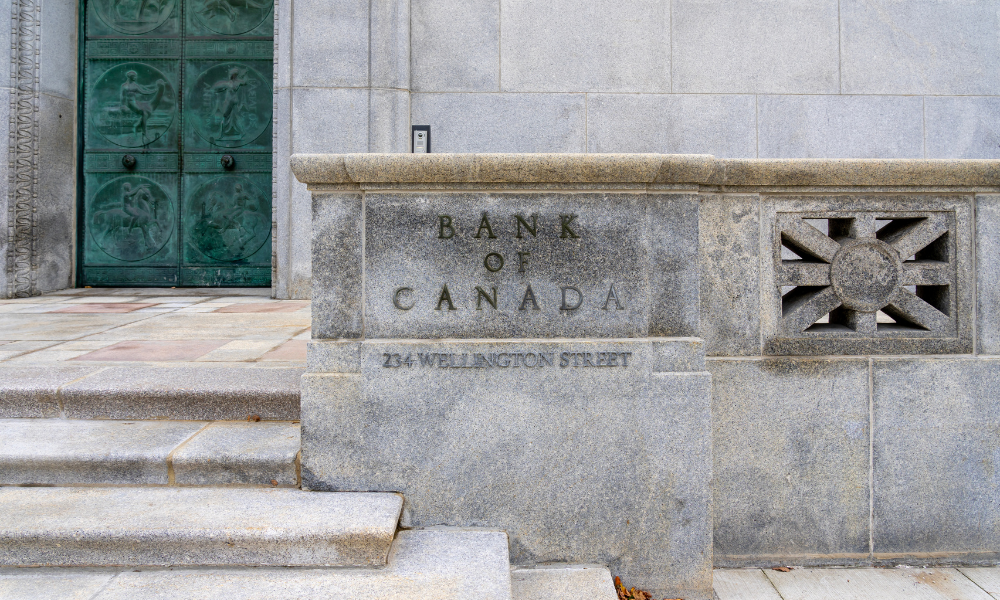Why it’s time for financial advisors to look outside the conventional bond universe for yield

It’s time for financial advisors to look outside the conventional bond universe in search of yield.
That’s the verdict of Scott Colbourne, co-chief investment officer, and Mark Wisniewski, senior portfolio manager, both of Sprott Asset Management. The duo believe that conventional funds, whether bond or equity, are effectively a generic, “one size fits all” investment solution and that they aren’t designed to be opportunistic, defensive or strategic, whereas alternative bond funds give advisors true flexibility.
“Traditional products have singular risk – duration risk or credit risk and typically have little flexibility in managing them,” commented Colbourne. “Too often conventional products have been designed to focus on a single category as oppose to trying to meet a client’s needs or manage risk in their portfolio. Non-conventional funds allow you to manage these types of risks more effectively.”
“Most traditional bond funds have higher duration and a concentration of government securities,” said Wisniewski. “An investor in government bonds or conventional funds isn’t paid enough income for the risk of a significant price decline due to rising rates.
“I’m not implying that interest rates are going to be materially higher this year, but why take interest rate risk, if you aren’t getting paid for it? Why lend to the Government of Canada for 10 years to earn 1.3 per cent per annum when you can lend to a high quality corporation for five years and earn four per cent, or a lower rated company to earn nine per cent?
“You could say that traditional bond funds are challenged. If you’re invested in a traditional index bond product and you want to protect your capital, you’re unlikely to accomplish that. To earn higher income with the appropriate risk-reward characteristic one needs to look at alternative bond funds that have more investment flexibility and the ability to be opportunistic or defensive.”
But aren’t there risks associated with alternative fixed income strategies too? Colbourne believes that while some risk is unavoidable, unconventional products can limit any potential issues by giving investors the ability to go short and even to be able to diversify through both public and private markets, geographically and using hedging tools.
“Unconventional funds like ours have various options that change the kind of risk we take depending on the market conditions,” he said. “For example, in a risk-off environment like we saw earlier this year, a higher allocation to government bonds lets us increase our duration risk (since risk-off environments often coincide with falling yields) and decrease our credit and liquidity risks.
“In addition to diversifying geographic risks by investing around the world, we often use currencies as an additional source of return for our investors by leaving our currency exposures unhedged. This has been a consistent source of alpha for us over the last couple of years as the Canadian dollar has depreciated significantly.”
Wisniewski agrees that alternative funds are a dynamic solution adding real flexibility to mitigate any risk impact.
“Our fund has the ability to separate interest rate risk and credit risk,” he said, commenting on the Sprott Credit Income Opportunities Fund. “Interest rate exposure is managed through interest rate hedging and laddered duration positioning. Credit risk can be mitigated through options strategies. We aren’t market cap weighted. We have the flexibility to invest in all ratings. Although yield is a priority, limits are in place on all types of securities and the overall portfolio rating. So we can generate higher income without added interest rate risk or excess exposure to low quality securities.”



